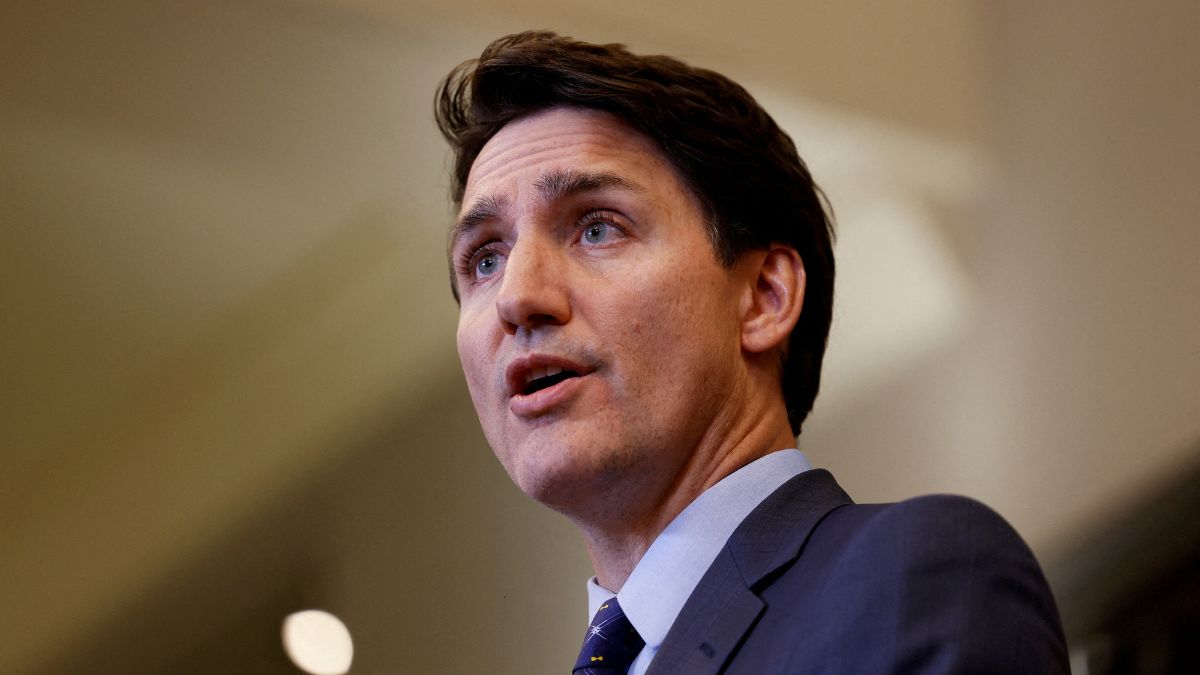Canada announced significant adjustments to its immigration policies on Thursday, reducing both the number of permanent and temporary residents it intends to admit over the next several years.
This reversal comes amid mounting concerns about housing shortages, social infrastructure, and evolving public opinion on immigration. The impact of these reductions could be particularly challenging for Indian nationals, who constitute a large portion of Canada’s immigrant and international student population.
What are Canada’s reduced immigration targets?
Historically known for its openness to immigrants, Canada had set ambitious immigration targets in recent years.
However, this trend will see a reversal as Canada decreases its projected intake of permanent residents, marking the first multi-year reduction since 2018:
2025: 395,000 permanent residents, down from the previously planned 500,000.
2026: 380,000, a decrease from the earlier target of 500,000.
2027: 365,000, considerably lower than the previously anticipated 485,000 for 2024.
As part of these adjustments, Canada will also reduce the number of temporary residents, with an anticipated reduction of nearly 450,000 per year in 2025 and 2026, compared to the current figures.
Diana Palmerin-Velasco, Senior Director of the Future of Work at Canada’s Chamber of Commerce, expressed concerns: “I think we were able to officially avoid a recession because of immigration… if we want more foreign investment, we need to have the people.”
Small business owners have also voiced their worries, with the Canadian Federation of Independent Business (CFIB) noting that many employers will lose workers whose visas are about to expire.
What is behind this decision?
Canada’s decision to cut immigration comes in response to infrastructure pressures, notably in housing and healthcare, with critics pointing to the overburdened housing market.
Public opinion has been shifting against high immigration levels as housing affordability becomes a growing issue. According to the federal government, cutting immigration could reduce Canada’s housing supply gap by 670,000 units by the end of 2027.
Canadian Prime Minister Justin Trudeau acknowledged this misalignment, stating: “We are acting today because in the tumultuous times as we emerged from the pandemic… we didn’t get the balance quite right.”
According to Marc Miller, Canada’s immigration minister, affordability concerns must be addressed, though he acknowledged that structural issues like zoning and permitting also play roles.
Robert Kavcic, Director of Economics at the Bank of Montreal, noted in a report: “The new immigration plan will take stress off the economy and infrastructure that has become almost debilitating in recent years.”
He added that, while immigration has been essential in filling labour gaps, especially in entry-level positions and healthcare, the current pace may have outpaced Canada’s infrastructure.
How will this impact temporary residents and international students?
The changes will also impact temporary residents, including international students, who contribute significantly to Canada’s labour force and economy.
In 2023, Canada had approximately 800,000 temporary residents, and this population is expected to shrink by 445,000 in both 2025 and 2026. Recent policies are targeting a reduction in the proportion of temporary residents, including foreign workers and students, from 7 per cent of Canada’s population to 5 per cent by the end of 2026.
In January 2024, Canada set a cap of 360,000 on new study permits, aiming to control the growth of international students. Adjustments to Post-Graduation Work Permits (PGWPs) and spousal open work permits have further restricted opportunities for students to stay in Canada after graduation.
PGWP eligibility is now limited to college graduates aligned with in-demand jobs, while spousal open work permits are only available for spouses of students in master’s programs that last at least 18 months.
These restrictions are expected to lead to fewer permits over the next three years:
Study Permits: 300,000 fewer.
Post-Graduation Work Permits: 175,000 fewer.
Spousal Open Work Permits: 150,000 fewer.
In addition, international students studying programs with curriculum-licensing agreements were disqualified from PGWP eligibility as of September this year.
What does this imply for Indian nationals?
Indian nationals, who comprise a significant share of Canada’s immigrant and international student population, are likely to face several challenges as a result of these cuts. This shift could have a pronounced impact on Indian students aspiring to study and work in Canada.
The substantial reduction in work permits under Canada’s Temporary Foreign Worker Program (TFWP) and a cap on study permits may restrict opportunities for Indians hoping to transition from student to worker to permanent resident.
The cuts could also affect Indian labourers in sectors like IT, hospitality, and healthcare, where Canada relies heavily on foreign talent to bridge labour shortages. The reduction in the Provincial Nominee Program (PNP), which is now set at only 55,000 yearly admissions, also narrows opportunities for skilled immigrants from India.
The Canadian Chamber of Commerce shared its concerns: “Immigration is a key driver of economic growth and our only source of workforce growth in the near future,” said Palmerin-Velasco. “The future of Canada depends on getting immigration right. We can do better.”
Is this a political move by Trudeau?
Canada’s reduction in immigration targets appears to be a strategic move by Trudeau’s Liberal government, which faces declining public support. Polls show that nearly 60 per cent of Canadians now believe the country is accepting too many immigrants, marking the highest level of opposition in over 25 years.
Meanwhile, housing and affordability concerns have bolstered the opposition Conservative Party, prompting some Liberal lawmakers to call for Trudeau’s resignation. However, Trudeau has affirmed his commitment to leading his party into the next election.
Despite the rollback, Trudeau praised Canada’s immigration success, calling it “the envy of the world.” Immigration, he said, is still viewed positively by the majority, with over two-thirds of Canadians acknowledging its economic benefits.
Also Watch:
With inputs from agencies
)